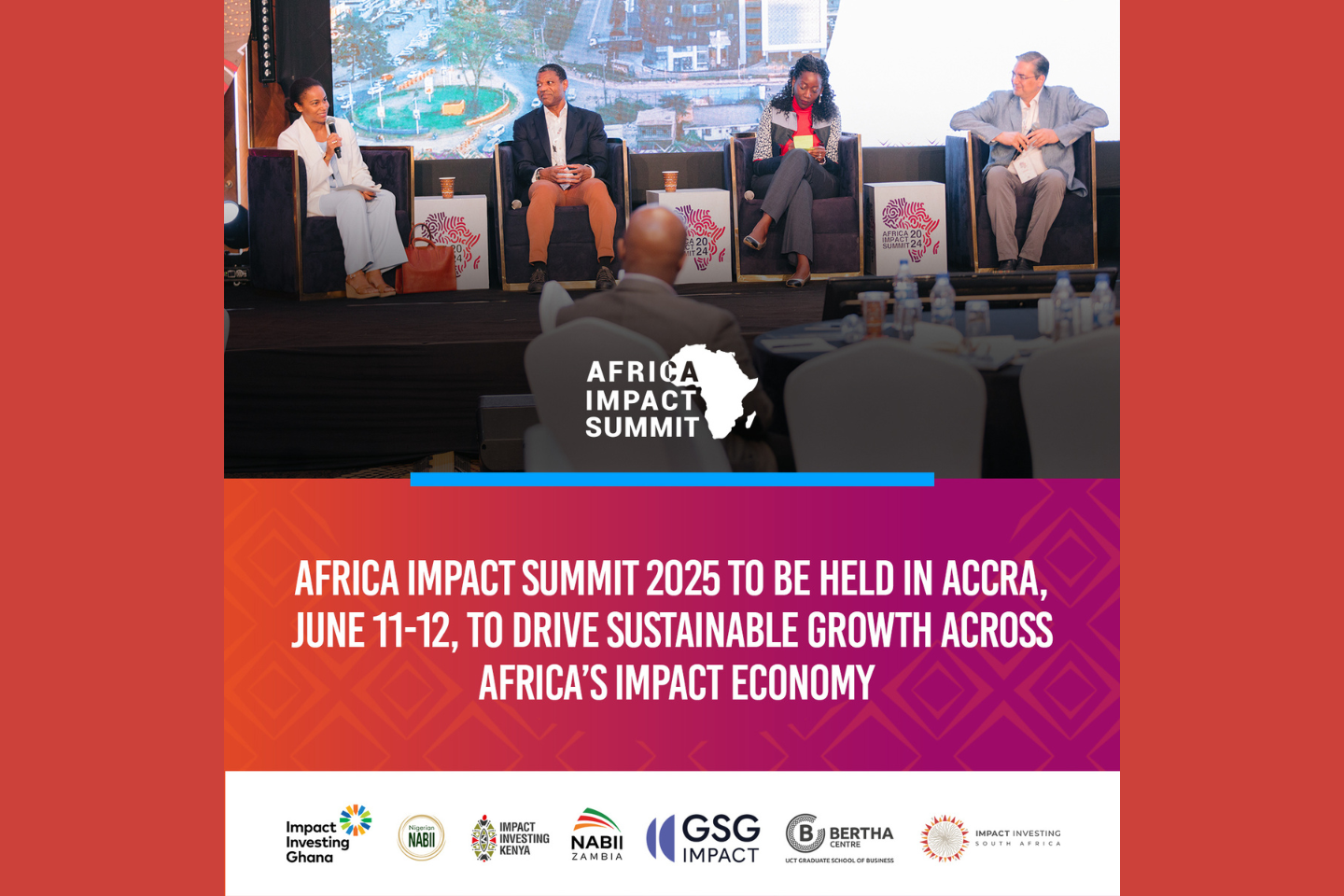
by Emily Gustafsson-Wright, Senior Fellow, Brookings Institution
Nearly 120 million students remain at home due to school closures resulting from the COVID-19 pandemic and, although many education systems have transitioned to some form of remote learning, research has shown that the access and quality of remote learning opportunities has been uneven, with low-income countries and populations facing the greatest barriers leading to high levels of learning loss. In fact, it is estimated that today, 63 percent of children in low- and middle-income countries face learning poverty -the inability to read and understand a simple text by the age of 10, representing an increase in ten percentage points since before the pandemic. Furthermore, labor market challenges persist and have been exacerbated – compared to 2019, total employment fell by 114 million as workers became unemployed or dropped out of the labor force. This combination of human capital and productivity loss will have devastating consequences for decades to come if urgent action isn’t taken.
Last month at the annual GSG Global Impact Summit, leaders in the impact investing sector from across the globe gathered to discuss these and other entrenched and intractable social and environmental challenges that have been aggravated by the pandemic. Two sessions focused on using innovative financing to harness private investment to enhance delivery and strengthen government and service provider capacity through a focus on outcomes, measurement, and accountability. Mechanisms that were discussed included social and development impact bonds (SIBs and DIBs) and outcomes funds in which impact investors provide upfront capital which is repaid—with interest—based on the program’s achievement of predetermined social and environmental outcomes and income-share agreements, in which payments for training are repaid contingent upon beneficiaries obtaining quality sustained employment. A few common themes emerged from the discussions.
More money alone isn’t enough
In both sessions, there was clear agreement that more money alone will not address the outsize challenges at hand. This point seemed poignant in an environment focused on driving private capital towards social good. In fact, there is a need for more than that. The panelists emphasized a shift in focus to outcomes and capacity building as the most important drivers of improved social and environmental impact. For example, Mercedes Miguel, a former Secretary of Education in Argentina, emphasized translating policy into practice through capacity building on the ground to ensure the effective use of constrained budgets. Mika Pyykkö, who has been involved from the beginning of the outcomes-based financing journey in Finland, highlighted the difficulty and importance of the change in mindset around outcomes in government.
Data and measurement matter (a lot)
To facilitate the outcomes-focus and capacity building, data and measurement are crucial. Abha Thorat-Shah discussed how, through the Quality Education India (QEI) DIB, they have invested in these two pillars. This project has not only tapped into and strengthened data collection among the four education operators involved, but it has used this opportunity to build evidence and knowledge that can be applied across the education sector in India and beyond. Understanding both costs and the effectiveness of interventions as well as what pivots may be necessary along the way and applying this knowledge to future planning in the sector is crucial to tackling the learning crisis facing us today as well as other social challenges.
Partnerships are critical
Another common thread across the discussions was the need for collaboration and cooperation through multi-stakeholder partnerships including the public, private and third sectors. Such partnerships, they emphasized, can ensure that a variety of skills and expertise are present so that programs are efficiently designed and beneficiary needs are placed at the forefront. This new type of PPP, partnerships for public purpose, “emphasize not whether the partner is from the public or private sector, but whether these collaborations and their impact have a publicly oriented purpose”. Furthermore, a mix of types of influence and risk appetite can help to both level the playing field and most appropriately spread risk across parties. Annie Knickman-Plancher and Jake Edwards from Social Finance U.S. discussed such partnerships in their SIB projects as well as their income-sharing agreements (Career Impact Bonds*) for employment in the state of Massachusetts in the United States. One program, through a short diesel technician training, has managed to increase wages of program participants without a college degree by 75 percent.
Design with scale and sustainability in mind
A challenge faced across many of the innovative financing projects described in both discussions and in the overall market is their small size relative to the overall challenges faced in both the education and employment sectors, as noted above. The drivers of the small project size are to some extent the flipside of the above points: entrenched models of social services funding based on inputs, capacity constraints, and poor coordination across stakeholders. There is another aspect however, which is that often projects aren’t designed with scale or sustainability in mind from the start. There are, however, some exceptions: Daniel Uribe, from Fundacion Corona in Colombia, described how the world’s first SIB in a developing country gave way to a second and then the development an outcomes fund pooling funding for potentially a multitude of projects in the employment sector. This model also allowed the stakeholders to capture learnings along the way to improve design and implementation of future projects. Jared Lee explained how the Education Outcomes Fund (EOF), after much groundwork in building up its mission, has now been established as trust fund at UNICEF which facilitates links across the education sector including with local governments. In addition, EOF has aimed to create standardized outcomes contracts, drawing on both U.K. outcomes contracts and DIBs around the world, with the goal of facilitating scale and sustainability.
In sum, as a global community committed to ensuring equitable access to quality services and safe healthy communities, there remains much work to be done. Focusing on the quality required to achieve outcomes, data and measurement and partnerships, all with scale in sustainability in mind, will be a critical part of this work. For the impact investing community, this means deepening short-term investments in systems building with an eye on long-term gains.
*Note that while termed impact bonds, Career Impact Bonds do not fit the Brookings definition of an impact bond, but instead are an income-sharing agreement with payment contingent upon success.

